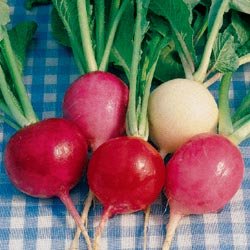It was a hot muggy day in June when I braved mosquitoes, ticks, deep woods and swamp to see a fisher den.
It was the weekend of our annual 'Sibling Retreat' at our family cabin in the north woods of Wisconsin. On a hike with his dog the day before, my brother spotted the den and the mother fisher with three babies. When he told the tail, the rest of us were intrigued. It's not often you see a this extremely shy and solitary animal, let alone four of them and a den. We followed him through the deep woods equipped with camera and bug spray to catch a glimpse of these interesting creatures.
The first time I saw a fisher I didn't even know what I was looking at. We were driving down the road (in that same area) when we saw a big brown animal in the road. It was too big to be a cat, too small to be a dog or bear, and shaped like a weasel. It ran into the woods as we got closer, but when we stopped to look closer it charged out at us and tried to attack the tires! We thought it could be a marten, but the locals said it was most likely a fisher, a very aggressive predator, similar in appearance but larger (4-15 lbs and 29-47 inches in length) than the marten.
The den was a hole in the top of a tall hollow tree deep in a quiet part of the forest. The mother fisher was not around but we could see three pairs of eyes looking down at us. The babies look like a combination of bear cub and kitten. Cute, I thought, until I spied the leg of a fawn hanging from the tree and the rest of the unfortunate prey strewn about the swampy ground. A creepy sight, but somewhat rare, fisher usually prey on small mammals and some ground birds. We didn't stay long, the mosquitoes swarm if you stop moving, but I did get a couple shots of the young ones. The fisher's dark brown pelt is prized for fur, and the species has ridden a population roller coaster in this country, as trapping regulations have changed. It is proving to be an adaptable species, and they are now finding a way to survive in suburban areas as the preferred habitat (deep old woods with high canopy cover) is lost to logging and development. There have been reports of
fisher in surburban backyards and attacks on stray cats and dogs and some domestic pets.
More info...


